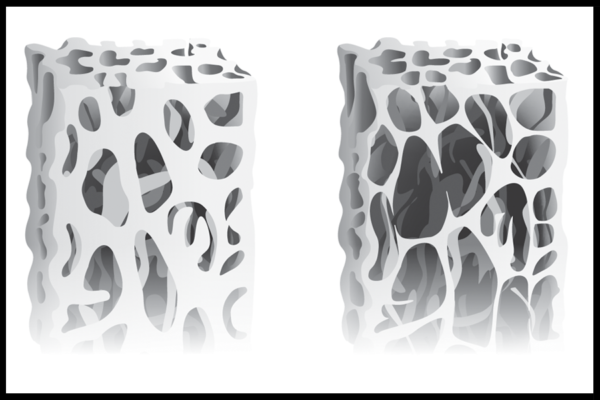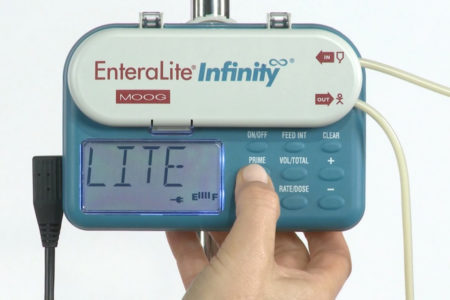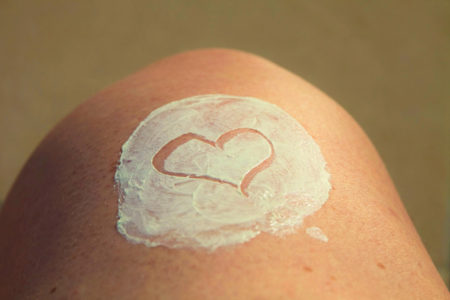Elevated Risk of Osteoporosis, Osteopenia in Adults With Atopic Dermatitis – By Sheila Jacobs for Dermatology Advisor
Atopic dermatitis has been shown to be associated with osteoporosis and osteopenia among older adults, due most likely to such factors as corticosteroid use, less physical activity, and chronic inflammation, according to the results of an analysis published in the Journal of the American Academy of Dermatology.
Atopic dermatitis, osteoporosis, and osteopenia were identified via use of the primary or secondary International Classification of Disease, Ninth Revision, Clinical Modification codes for each of the 3 conditions.
Overall, a total of 61,065,660 and 44,425,777 encounters for individuals ≥50 years of age were reported in the 2006 to 2012 Nationwide Emergency Department Sample (NEDS) database and the 2002 to 2012 National Inpatient Sample (NIS), respectively.
Atopic dermatitis was associated with higher odds of having osteoporosis in NEDS (adjusted odds ratio [aOR] 1.31; 95% CI, 1.12-1.54) and NIS (aOR 1.25; 95% CI, 1.24-1.26), as well as higher odds of osteopenia in NEDS (aOR 1.86; 95% CI, 1.36-2.55).
Per sensitivity analyses of individuals ≥70 years of age, atopic dermatitis was similarly linked to higher odds of osteoporosis in NEDS (aOR 1.37; 95% CI, 1.12-1.67) and NIS (aOR 1.24;
95% CI, 1.22-1.25), as well as higher odds of osteopenia in NEDS (aOR 1.84; 95% CI, 1.20-2.82).
Taken together, patients with atopic dermatitis who are ≥50 years of age may benefit from increased screening for osteopenia and osteoporosis.
Moreover, patients with atopic dermatitis should be encouraged to increase their level of physical activity, partake in adequate weight-bearing exercises, and have a sufficient intake of calcium and vitamin D. Older adults may be especially susceptible to the harmful effects associated with the use of high-potency corticosteroids on bone mineral density.
The investigators concluded that additional studies are warranted in order to confirm these findings, determine the major risk factors for these conditions, define the role played by corticosteroids and other medications, and identify optimal treatment strategies designed to reduce these comorbidities.




























